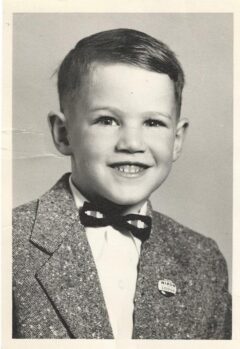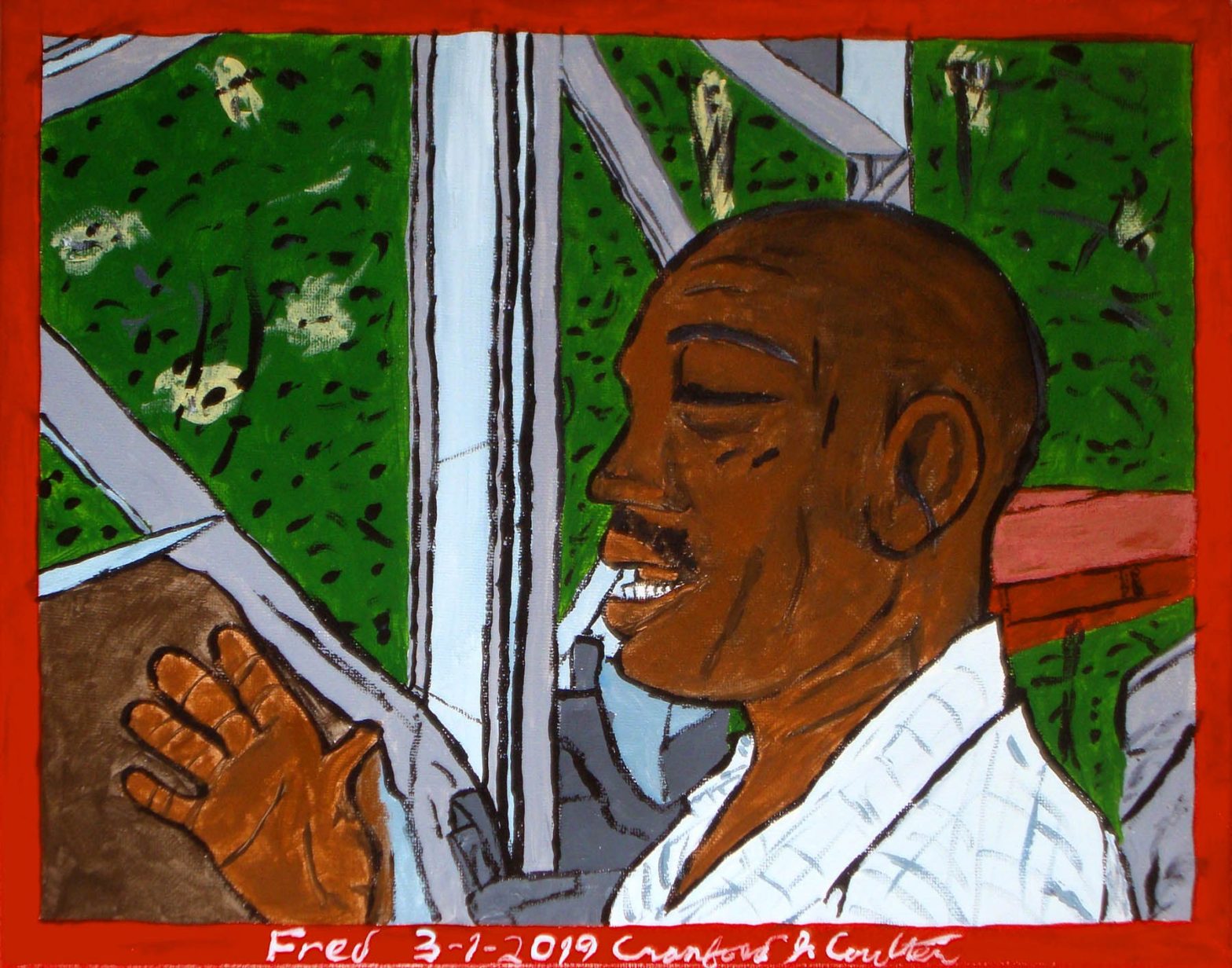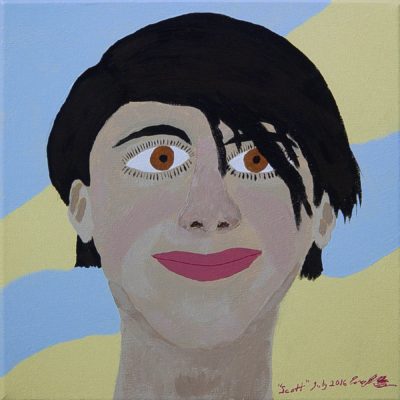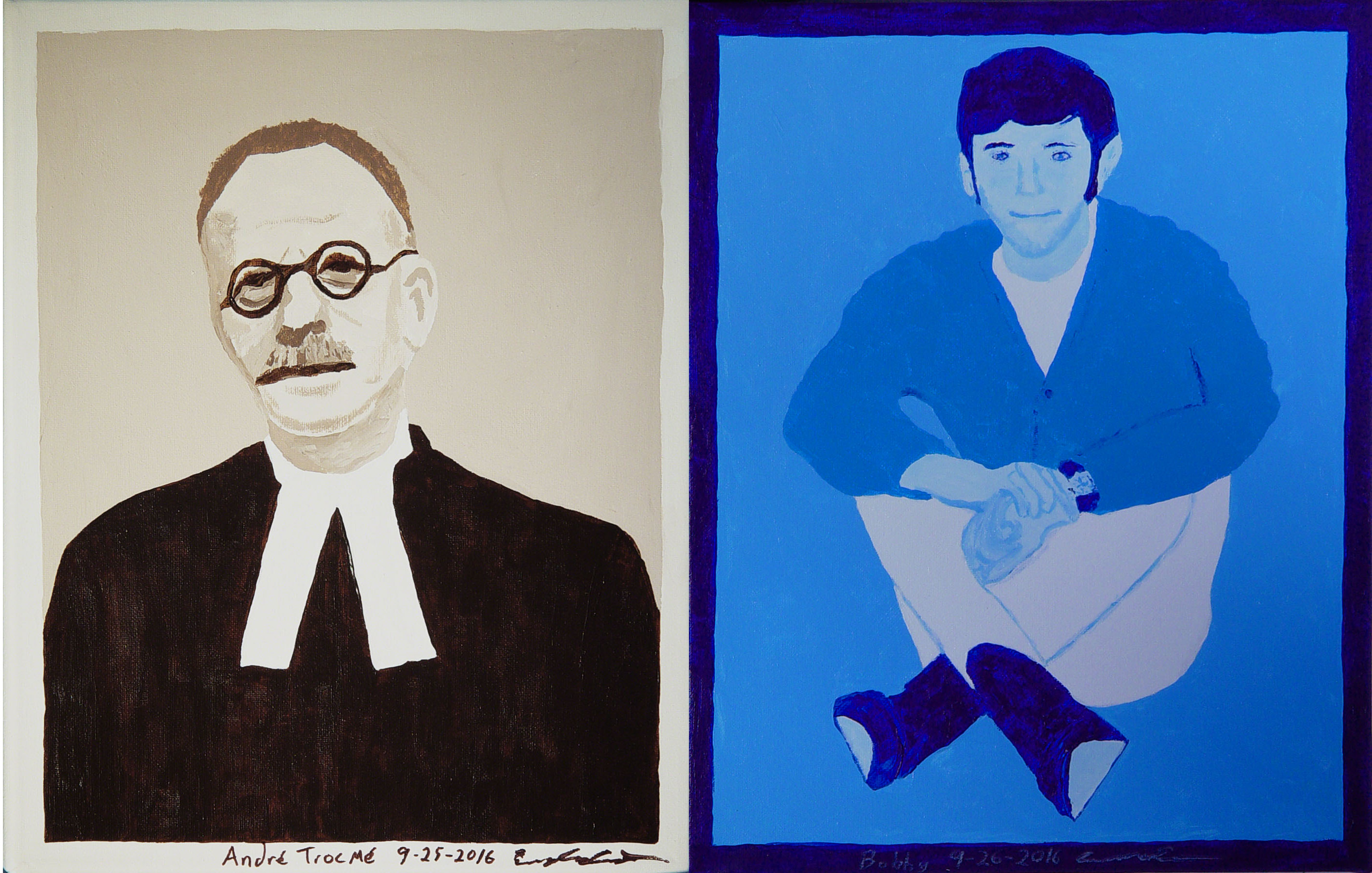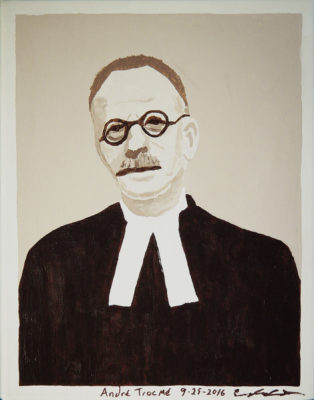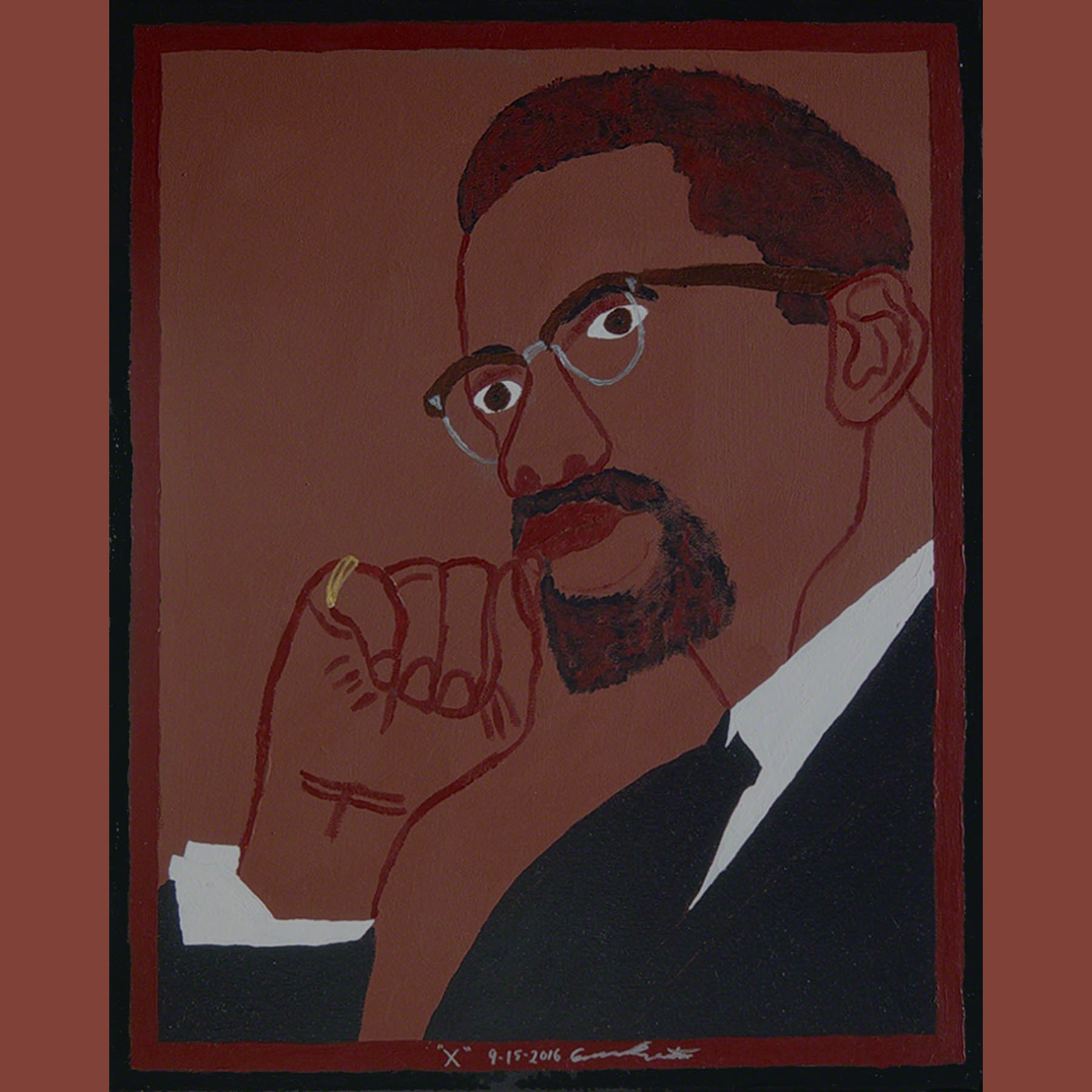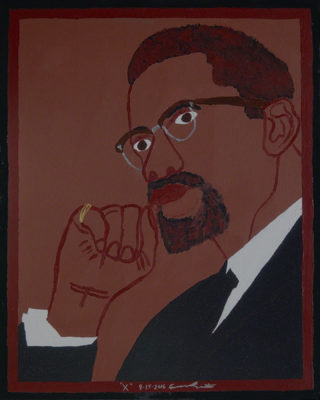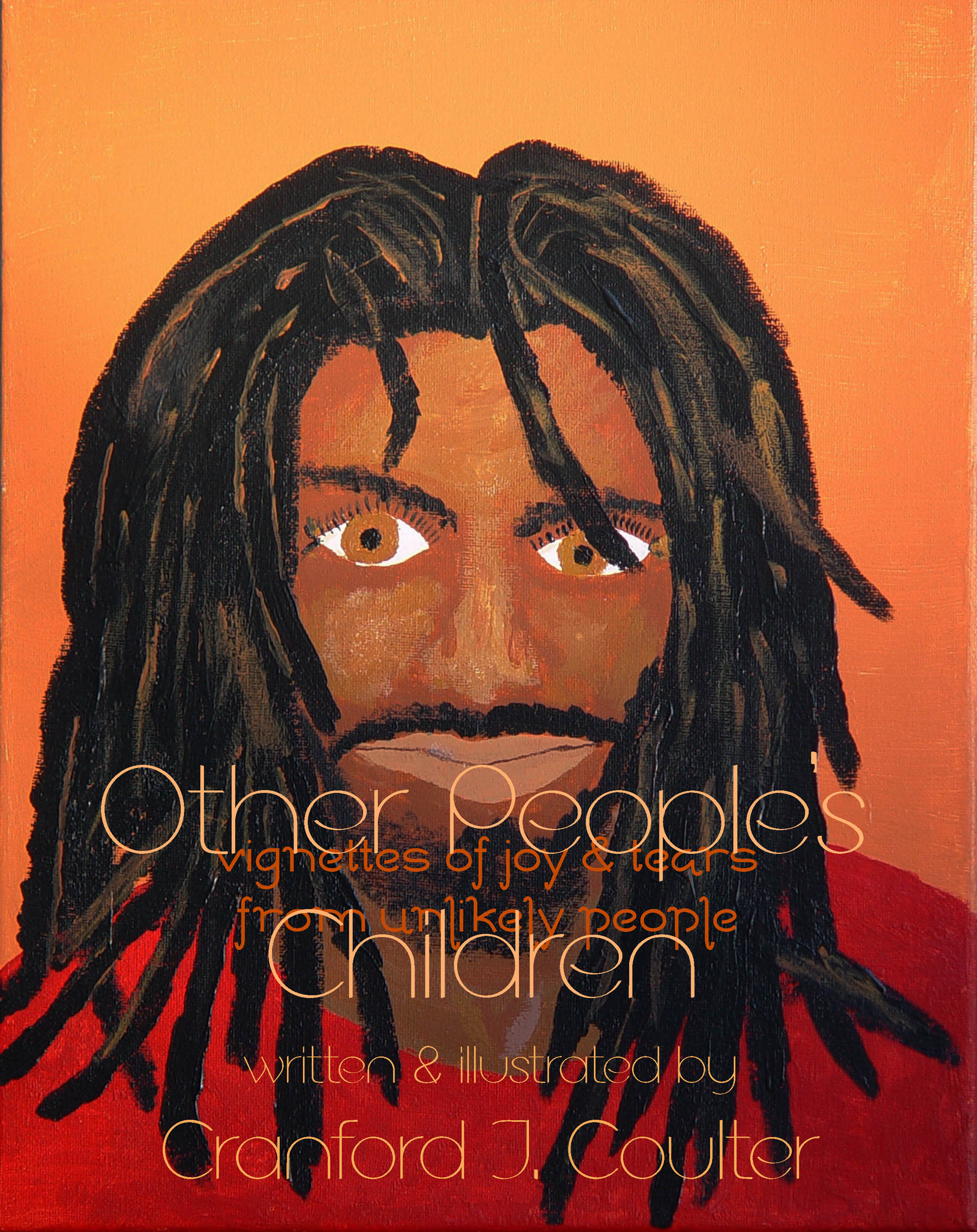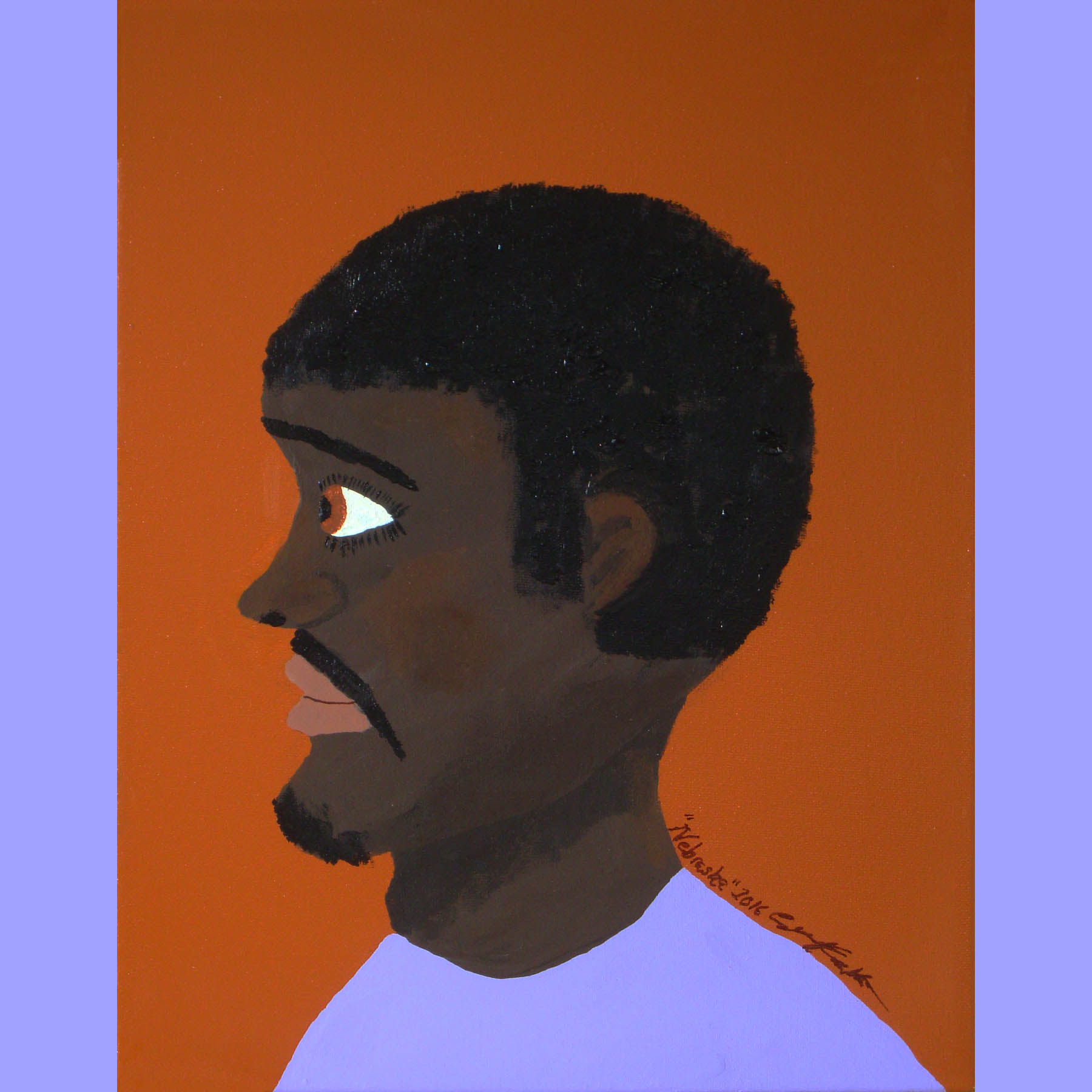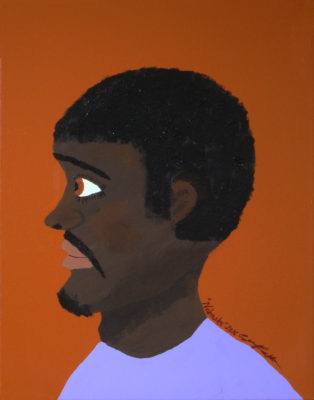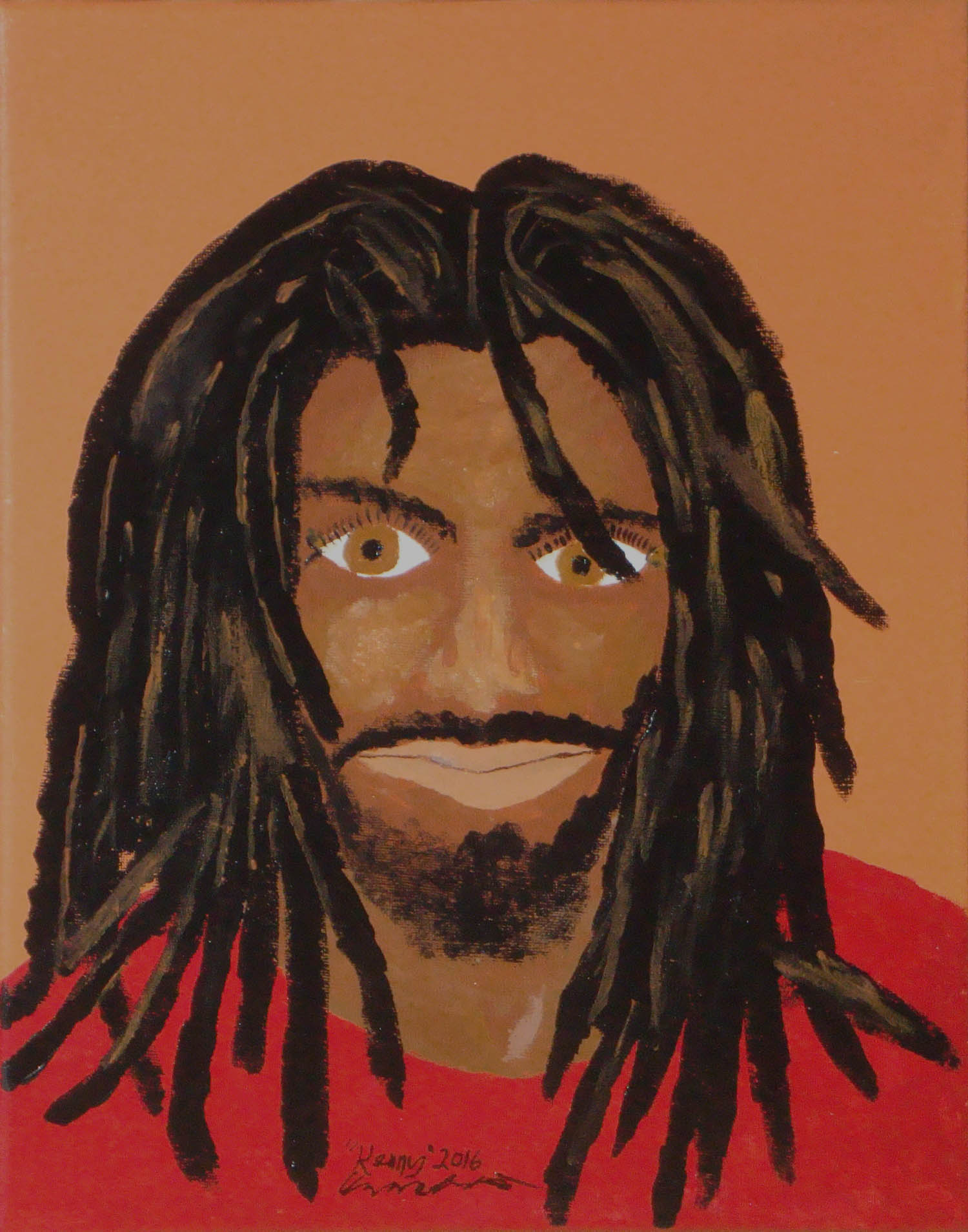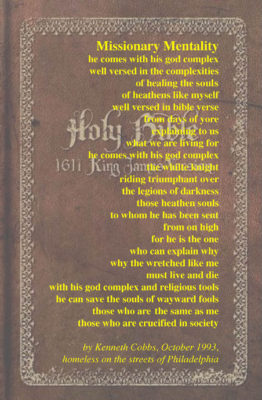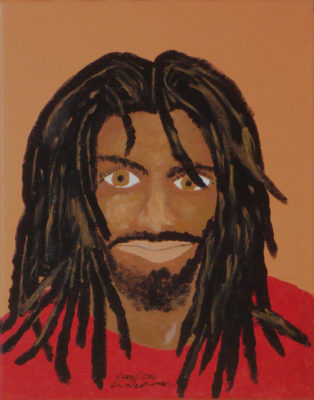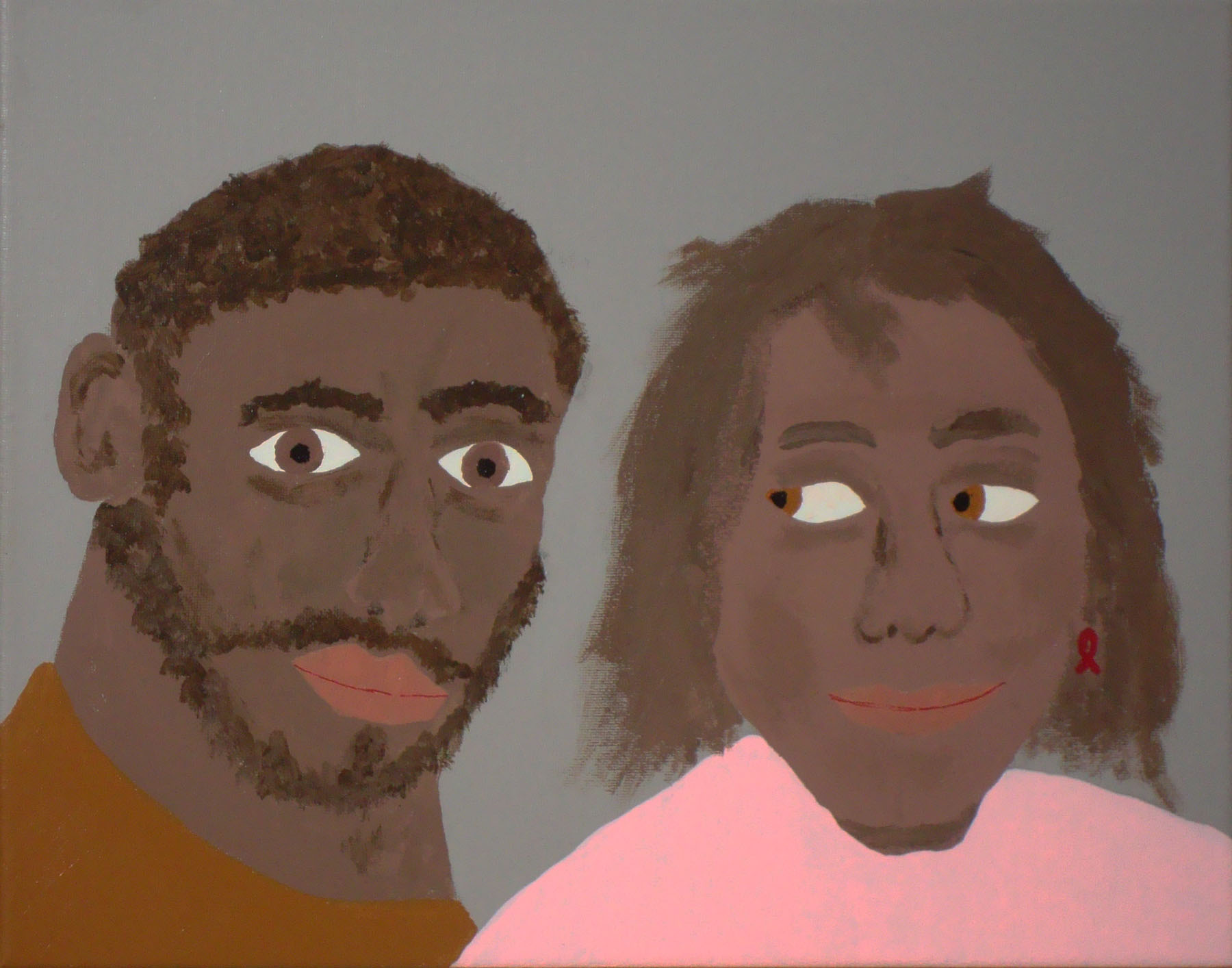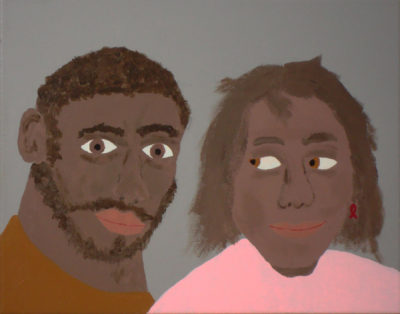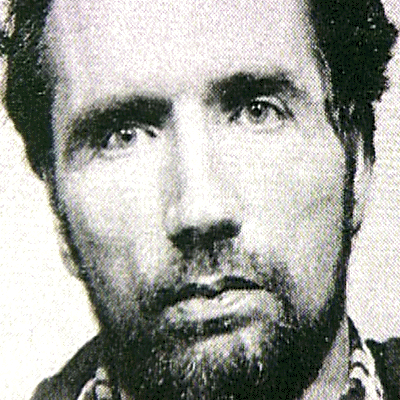
The Temptations
During my short tenure serving as a volunteer chaplain in Philadelphia prisons, I had increased the number of volunteers under my oversight from three to close to 500. We expanded services to both sides of the Women’s Detention Facility, which was severely under-served beforehand. We started GED and literacy tutoring for the Women for the first time. We started Project: Lydia providing toiletries and other personal items in a homemade cloth bag to every female inmate. We started GED and literacy tutoring in the House of Correction. When PICC opened, we immediately provided Sunday evening services and weekly Bible studies there, as well as tutoring. We brought the first rock concerts into the House of Correction. We brought The Temptations into PICC, without any outside publicity. They did it for the guys without any publicity for them. This was while I was starting Hispanic services at Graterford State Prison and leading two Bible studies a week there, and coordinating all of the protestant, evening services and Bible studies at Montgomery County Correctional Facility. I also organized training of all of the Liberty Ministries volunteers and reorganized the aftercare program for it to re-open in Schwenksville, after they closed the house in north Phila.
All of this activity attracted some attention. It also engendered jealousy. When I started serving in the prisons, I immediately made some changes to approach due to what I saw, and laid down some rules. The first thing I did was to eliminate the “invitation” in services to come forward and “get saved”. Inmates are in desperate need of friends. They will do just about anything just to have a friend. There was a fellow who had a “ministry” in Berks County prison who published a newsletter every month. In it, he published the number of souls he had “saved”. Most months that number was far more than the total number of inmates who had passed through the institution that month. Talk about jailhouse religion! I told our volunteers that the invitation and decisional salvation was a con. It was offering them a quid pro quo. It is not the gospel. The gospel is about unconditional love. So we were not going to play a con. We were going to be their friends and sit down and talk with them and listen to them, etc., at the end of the service, without them having to play any games or make up a testimony.
The other thing that set us apart was that we allowed and invited anyone to come to our services or studies regardless of their dress or orientation. People want to get out of their cells! If that means they come shoot the breeze with us, fine. Other chaplains started to look askance at us. Apparently they had not read those parts that talked about how Jesus was willing to associate with people of low degree or that one of his most famous disciples had been a hooker.
I didn’t help my case any in my Bible studies or messages. So many of the men had taken in so much of the hard-nosed, fundamentalist preaching, and were very judgmental. Many could quote Bible verses out of context to promote bigotry and all sorts of nonsense. One Friday morning in PICC, I decided to use their proof text hermeneutic and make it tie itself in a knot.
A favorite passage among those who condemn homosexual love is Romans 1, where Paul seems to assert that homosexuality is the very depth of depravity. I quoted that, then I quoted what Paul wrote in 1 Timothy 1:15: “Here is a trustworthy saying that deserves full acceptance: Christ Jesus came into the world to save sinners—of whom I am the worst.” What Paul was saying was not only did he consider himself to be the worst of sinners, but that everyone should accept this saying for themselves and consider themselves to be the worst of sinners. Well, who did Paul consider to be the “worst of sinners”? We know very clearly from Romans 1, it was homosexuals. Paul was telling us that we needed to consider ourselves to be homosexuals as he considered himself to be. We were to look down on no one! This stands fundamentalism on its head and brings us firmly back to the gospel as Jesus preached it, which is summed up in the two most ignored words that he spoke: “Judge not.”
I told the men I’d gladly keep company with the Apostle Paul and, like him, declare myself to be the chief of sinners.
This was during the height of the AIDS epidemic. It hit Phila. hard. It was hitting the jails and prisons especially hard. The prison superintendents asked the Interfaith Chaplains Board for our input on whether or not they should distribute condoms in the prisons. This led to a heated debate. I was very disappointed. The only two who supported distribution were the Roman Catholic Chaplain, Frank Menei, and myself. Those opposed to distribution stated that all sex was prohibited in the prisons, so this would be a mixed message. Frank and I pointed out that we all knew it took place. Sometimes it took place with less than willing partners. At least, this may give them an opportunity for some protection. We also said that as people of faith and conscience, should not our first duty be to the preservation of life, not the enforcement of our morals? I went a step further and said, if there were a safe way to distribute and exchange needles, I would be in favor of that, too. This did not make me any friends with the evangelicals and fundamentalists.
While this was going on in Phila. prisons, we had another storm brewing in Montgomery County. It involved Chick Tracts, The Nation of Islam, and Liberty Ministries board member Glenn Alderfer.
